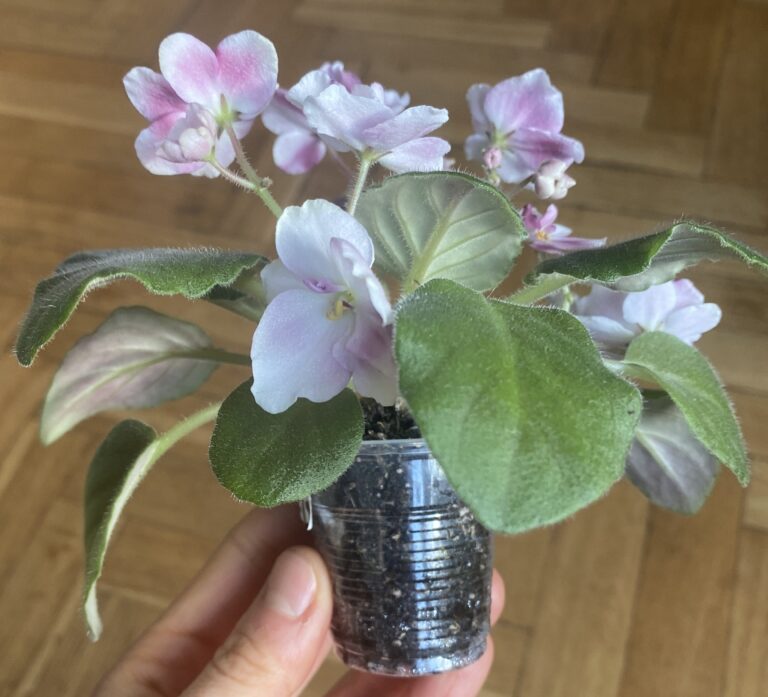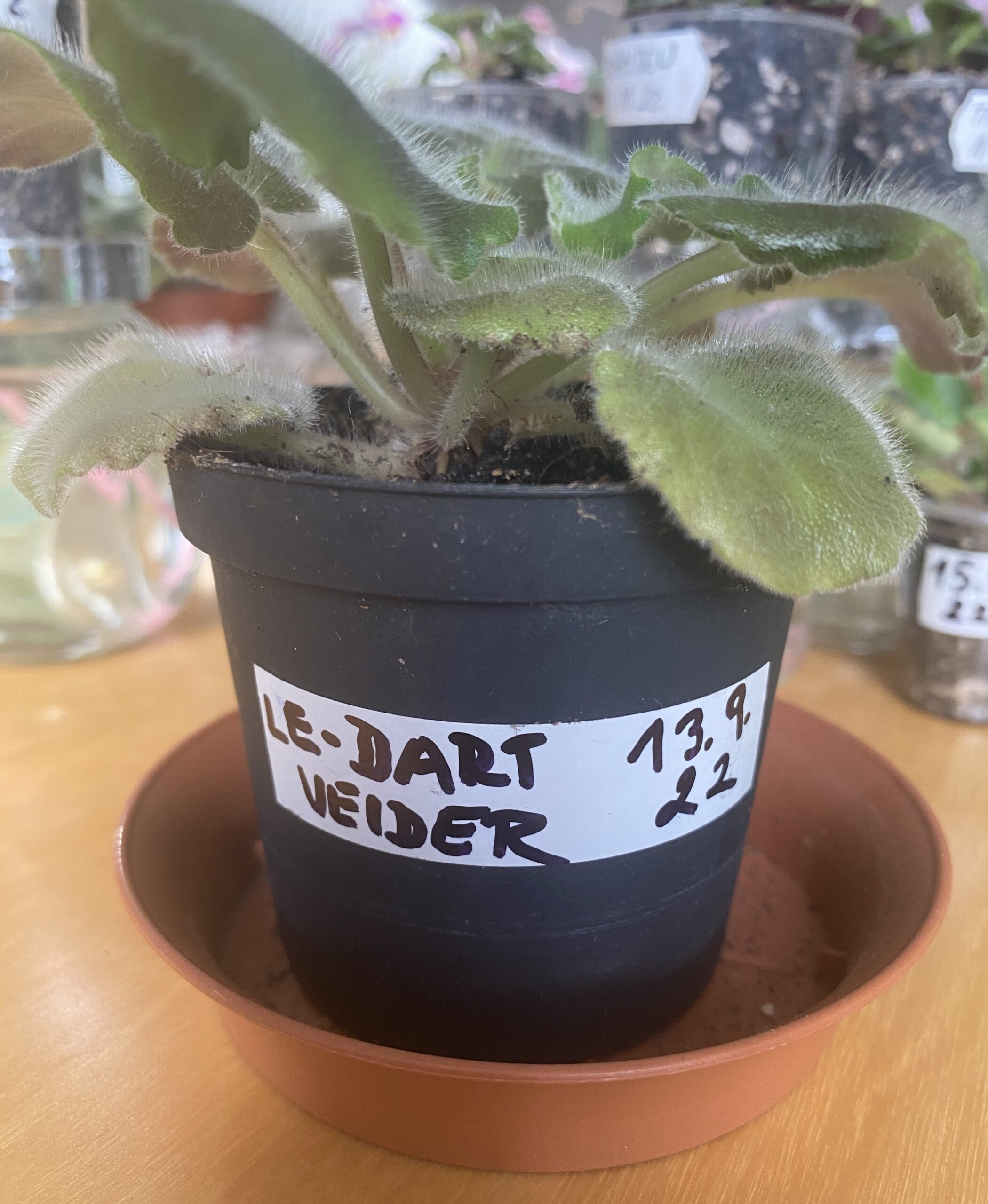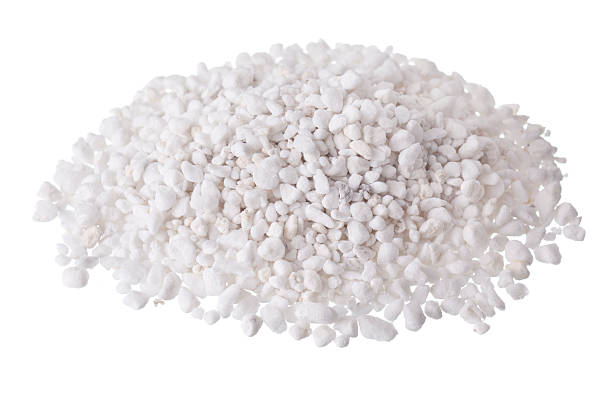Potting and repotting
African violets prefer small pots

African violets should be repotted at least once, but ideally twice a year.
The diameter of the pot should be around 1/3 of the diameter of the rosette (or foliage). So once the violet reaches its final size, you will be only repotting it in a fresh soil, not in a bigger pot. This is because African violets like their roots to be confined.
So what is the ideal pot size?
An adult standard size African violet will grow best in a pot which is around 8 cm in diameter. Smaller violets, such as miniatures and semi-miniatures will be happy in a pot which is from 5 to 7 cm in diameter. (To learn more about African violet sizes, click here.)
Miniatures and semi-miniature
5 – 7 cm
Standards
8 cm
Many beginners violet growers use bigger pots with the idea of doing the best for their plants, but they are disappointed when they see that their violets do not give any flowers. Using bigger pots could work with other type of plants, but African violets are an exception – they tend to bloom best when their roots are confined. If you use a pot that is too big, the violet will first concentrate on growing roots, and only once the space inside the pot is full, it will start blooming.
What is the best pot for your African violet?
You can use both plastic and clay pots, but I personally recommend using plastic pots because they have several advantages:
- They are cheaper (this is especially important when you have a bigger collection of violets).
- They are lighter and more practical during repotting. (it is enough to squeeze the plant to remove it from the pot. This would be impossible with clay pots). I think you might find this advice useful, because African violets should be repotted frequently.
- They can be easily washed and reused.
- A label with the name of the hybrid can be easily attached, removed or changed.
Personally, I recommend plastic pots which are transparent (like those used for the orchids).
Their main advantage is the fact that they help you checking the state of the soil and roots (it is easy to see if the plant was too much watered, or if the soil or the roots are in bad conditions, etc.).

Do not forget to note down the date

I recommend to always note down the date of repotting. You can use an adhesive label which can be attached directly to the pot and changed easily.
This information is important because it will tell you:
1. when it is time to repot your violet (at least once a year but ideally 2-3 times)
2. when you can start fertilizing your plant again after repotting (usually not sooner than after 1 month after repotting)
How to choose the best soil?
Soil for African violets has to be light, porous, loose and moist. African violets hate heavy soils which press on their thin roots.
The best way to make the soil light and porous is to use perlite. There is no universal recipe for the soil and perlite proportions because it depends on many factors, such as the quantity of water the violets get. You will have to experiment a little and find your own “recipe”. But the general rule is: the more water the plant gets (for example if you use wick watering), the more perlite you need to put to the potting mix. This serves to avoid excessive humidity, which would damage the roots.
If you wick water your violets, the optimal proportion will be around 50:50 (50% of soil and 50% of perlite).
For standard watering (from the top or in the saucer) the proportion will be around 75:25 (75% of soil and 25% of perlite).
The pH of the soil should be kept between 6-7.

perlite